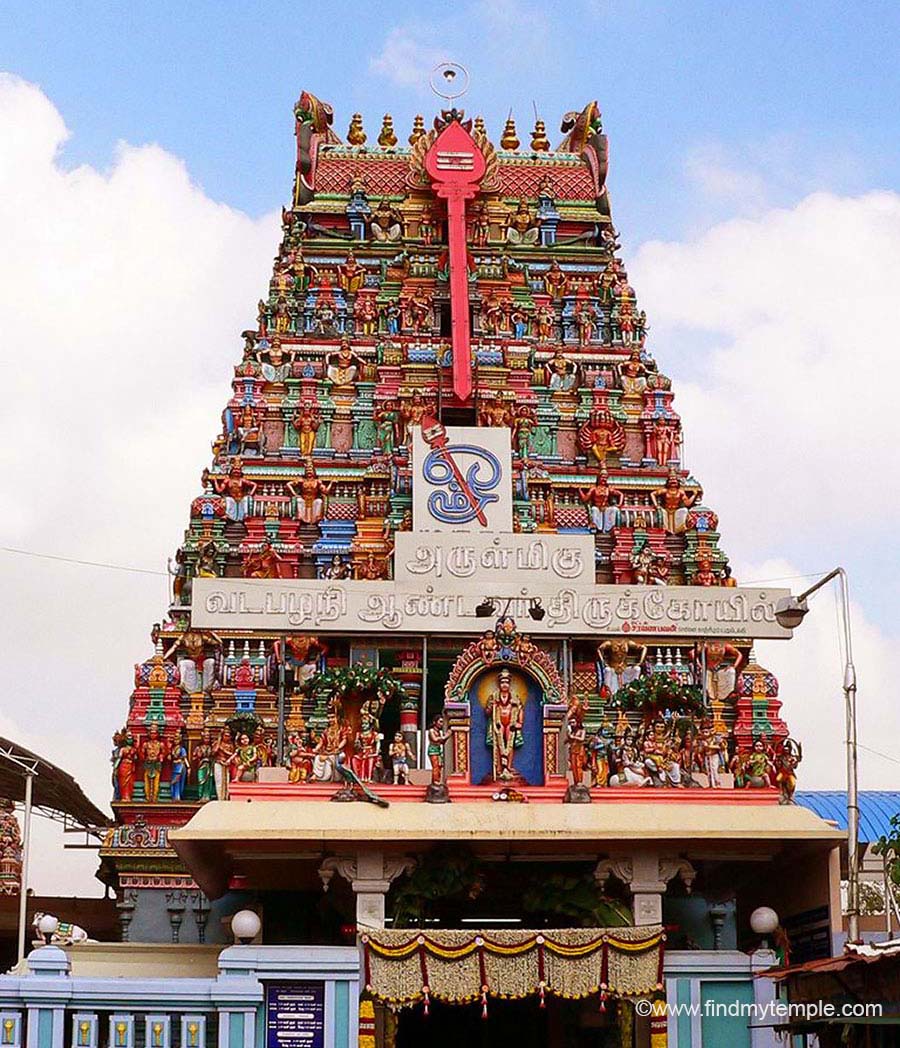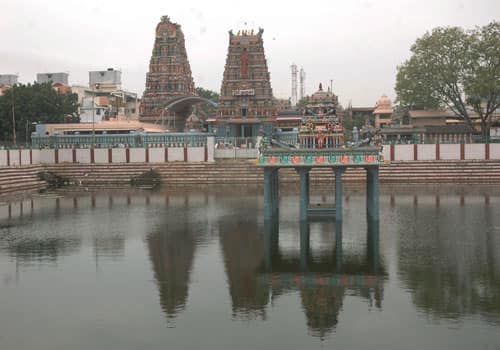India is a country with a rich history of scientific achievements and innovations. Among them, biotechnology is a field that has seen remarkable growth and development in the past few decades. Biotechnology is the application of biological processes, organisms, or systems to produce products or services that benefit human health, agriculture, environment, and industry. In this blog post, we will highlight some of the famous Indian biotechnologists who have made significant contributions to this field and inspired many others to follow their footsteps.
Anuradha Acharya is the founder and CEO of Mapmygenome, a company that offers personal genomics and molecular diagnostics services. She is also the co-founder of Ocimum Biosolutions, a bioinformatics company that provides solutions for genomics research. Acharya is a recipient of several awards, including the Young Global Leader by the World Economic Forum and the Entrepreneur of the Year by Biospectrum.
Niyaz Ahmed is a professor and senior director of the International Centre for Diarrhoeal Disease Research in Bangladesh. He is an expert in microbial genomics, molecular epidemiology, and infectious diseases. He has made important discoveries on the evolution and pathogenesis of bacteria such as Helicobacter pylori, Salmonella typhi, and Mycobacterium tuberculosis. He has also developed novel diagnostic tools and vaccines for these diseases.
Mohammad Zahid Ashraf is a scientist at the CSIR-Institute of Genomics and Integrative Biology in New Delhi. He is interested in understanding the genetic basis of complex diseases such as diabetes, obesity, cardiovascular disorders, and cancer. He has identified several genes and variants that are associated with these conditions in Indian populations. He has also developed biomarkers and therapeutic targets for these diseases.
Moinak Banerjee is a scientist at the Rajiv Gandhi Centre for Biotechnology in Thiruvananthapuram. He is working on the molecular genetics of psychiatric disorders such as schizophrenia, bipolar disorder, autism, and attention deficit hyperactivity disorder. He has identified several genes and pathways that are involved in these disorders and their response to treatment. He has also established a biobank of DNA samples from patients and families with these disorders.
Harsh Vardhan Batra is a professor and head of the Department of Biotechnology at Thapar Institute of Engineering and Technology in Patiala. He is working on the development of nanobiotechnology-based platforms for drug delivery, biosensing, imaging, and diagnostics. He has designed novel nanomaterials such as gold nanoparticles, quantum dots, carbon nanotubes, graphene, and magnetic nanoparticles for various biomedical applications.
Pushpa Mittra Bhargava was a renowned scientist and administrator who played a key role in establishing biotechnology as a discipline in India. He was the founder director of the Centre for Cellular and Molecular Biology in Hyderabad, one of the premier research institutes in the country. He was also involved in setting up several other institutions such as the National Institute of Immunology, the National Brain Research Centre, and the Centre for DNA Fingerprinting and Diagnostics. He was a vocal advocate of scientific temper, rationality, secularism, and social justice.
These are just some of the examples of famous Indian biotechnologists who have made remarkable contributions to science and society. There are many more who deserve recognition and appreciation for their work. Biotechnology is a field that offers immense opportunities for innovation and impact. We hope that this blog post will inspire you to learn more about this field and its potential.









